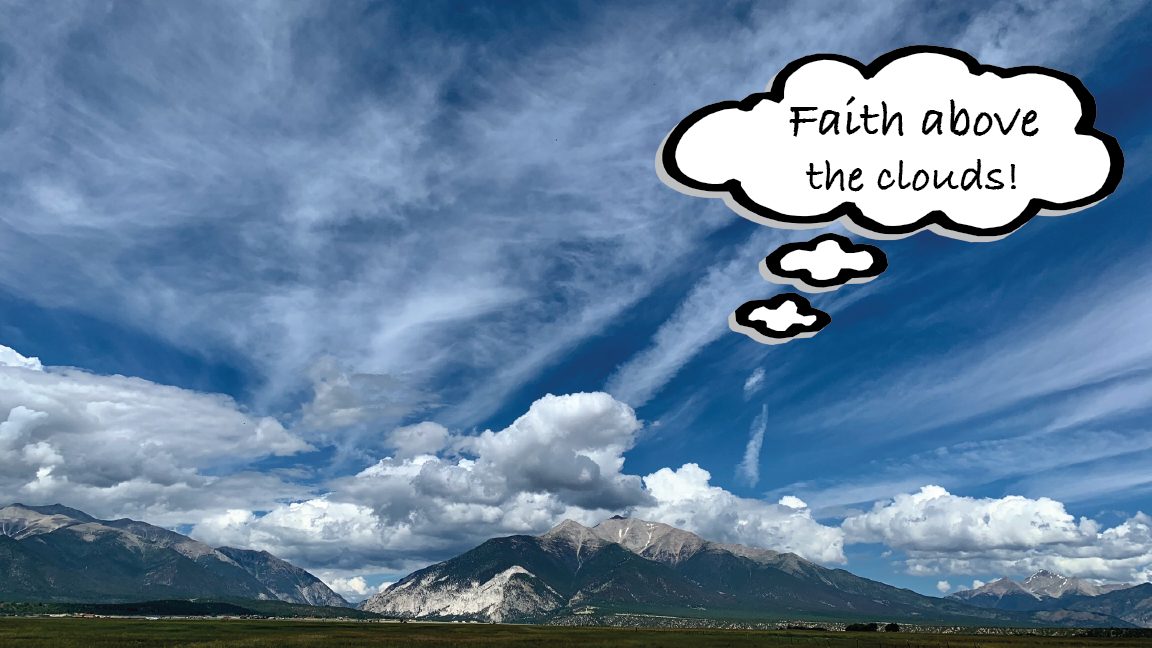By Rajmund Dabrowski
There are many phrases we use that are only abstract concepts. Abstract art is abstract expressionism. Can one’s spirituality be propelled by an abstract view of the world, or simply interpreted in abstract terms? How about being drawn away, as when one is affected by a religious experience, a thought, or a feeling? Perhaps.
As a photographer, I deal mostly with reality. Light creates moments of awe or wonder. I’ve often found myself gently prompting someone not to take pictures against the sun, but to take a cue from the camera they are using. Backlight options on more sophisticated cameras take care of the situation if you do not desire to have an abstract image. Photography as an art form, and personally I love photographs the way they are taken. They are real, even if one is reckless with the aperture settings, and so forth.
What about freezing a movement using a fast shutter speed? How abstract will your result be if other options are considered. How about adding the pulse of your heart into what you are seeing and experiencing? Consider photography as an art form.
The Bible does not condemn genius or art;
for these come from the wisdom which God gives.
–Ellen G. White [R&H May 16, 1882]
Consider Lomography, or re-consider it, where “the future is analogue.” So, got film? Branded in Austria in 1991, the approach emphasizes a casual, snapshot with over-saturated colors, off-kilter exposure, and blurring, “happy accidents,” charmed by the unique, the colorful, and sometimes encouraging a lighthearted approach to photography. Did you ever experience a phone call from someone whose phone called? Heard their footsteps? Heard the sound of leaves being walked on? Abstract? Perhaps. And more.
Being born in a post-WWII era, I was able to appreciate a “trendy” development of abstract expressionism, an art movement that emphasized spontaneous self-expression with an application of paint in creating nonrepresentational compositions (That’s pretty good for a dictionary explanation). In photography, I found my own abstract expressiveness in my intentional approach to my camera being in motion, in taking images out of focus, and in finding beauty in detail, shapes, colors.
A fellow-photographer remarked once, I had no idea that such details and things existed, let alone could be photographed. Obviously, he was in love with his landscapes and sunsets. Today, most of us use our iPhones or similar gadgets, and most of what is taken by them need adjustments for brilliance, color, sharpness, saturation, and highlights, among many other options. The bad becomes good! At least in photography.
In Simply Christian, one of my favorite theologians, N. T. Wright, articulates the role of the arts in the Christian life. He challenges the contemporary church when he says that the church should reawaken its hunger for beauty at every level. He refers to God’s creation as being a root of beauty. Art, music, literature, dance, theatre, and many other expressions of human delight and wisdom can all be explored in new ways.
In the words of Jo Ann Davidson, God is potter, poet, sculptor, composer, musician, liturgist, architect, and author, even a Nazarene carpenter. He commissions artists and artworks and inspires profound literary masterpieces.
Being a person of hope, I resonate with Wright, who wonders if art can help us to look beyond the immediate beauty with all its puzzles, and to glimpse that new creation which makes sense not only of beauty but of the world as a whole, and ourselves within it.
Actually, beauty is an abstract word, and is … in the eye of the beholder.
—Rajmund Dabrowski is editor of NewsNuggets.

